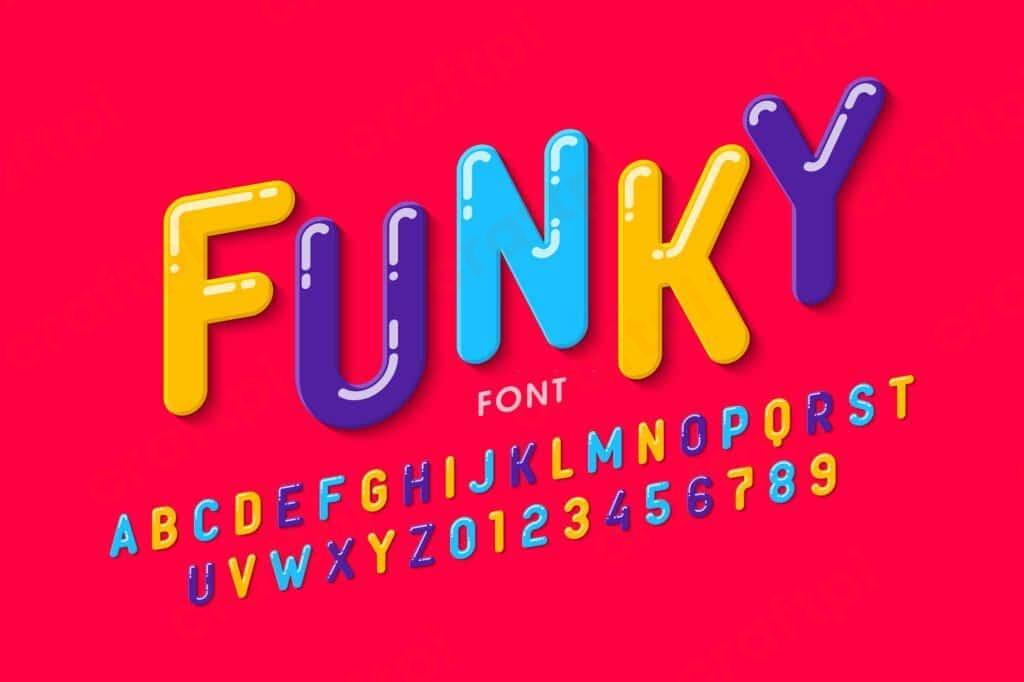Hey there, design enthusiast! Ever poured hours into a design, only to find out that the text in your exported SVG images doesn’t quite display as it should? If you’ve been there (or just want to prepare for the future), this one’s for you. And let me assure you: it’s not you, it’s the SVG… mostly.
The Nature of SVGs

SVG, or Scalable Vector Graphics, is a format we all love for its crispness and scalability. SVGs ensure that our designs look great at any size. Yet, with great power comes… some complications. Especially when you’re trying to integrate text elements into your SVG designs.
At the heart of the matter, SVGs aren’t like regular image formats. They’re XML-based, meaning they rely on a set of rules and structures to display graphics. When exporting text, things can sometimes get a bit wonky due to these rules.
But, don’t fret! The problem often boils down to a few common factors. And who doesn’t like a challenge, right?
Common Culprits Behind the Display Issues
When text in exported SVG images goes on a little rebellious streak, it’s often because of these sneaky culprits:
| Culprit | Description |
|---|---|
| Font Availability | If the viewer doesn’t have the font used in the SVG, the image may default to a different font. Quite the identity crisis! |
| Software Limitations | Some software might not support all SVG features, leading to display inconsistencies. |
| Complex Styles | Fancy text effects or styling might not always translate well in SVG format. |
While these culprits might seem daunting, awareness is the first step to troubleshooting. And sometimes, the solution can be as simple as converting text to paths or outlines before exporting.
Words of Wisdom for a Smooth SVG Journey
For those looking to sidestep the pitfalls of text in SVGs, here are a few nuggets of wisdom:
Tip #1: Always test your exported SVG on different platforms and devices.
Tip #2: Consider converting text to paths for critical designs. This can ensure consistency across the board.
Tip #3: Stay updated with software patches and updates, as they often include fixes for SVG rendering issues.
Remember, SVGs might have a bit of a learning curve, but they’re worth every bit of the effort for the end result. Stay persistent and keep designing!
A Deeper Dive into SVG Text Elements
At its core, SVG is a language for describing two-dimensional graphics with support for both static and animated graphics. The text element in SVG is used to define text. But it’s not as straightforward as you might think. When SVGs are rendered, the rendering engine (like a web browser) takes charge. And each engine might treat SVG text elements slightly differently.
Why? Think of SVGs as a middle ground between images and web content. Text in SVGs isn’t treated like typical text in a word processor. Instead, it’s treated like a graphic element. This means it’s subjected to the graphic properties of the SVG format and the interpretations of the rendering engine.
Also, SVG text elements have their own unique set of properties and attributes. While this gives designers a powerful toolkit, it also introduces more variables into the equation. This can lead to those pesky rendering inconsistencies.
The Crucial Role of Fonts in SVGs

Fonts play an integral role in how text within SVGs is displayed. However, fonts are external to SVGs. If an SVG uses a font that isn’t available on the viewer’s system or within the platform where the SVG is being displayed, problems arise. The viewer’s system will attempt to substitute the missing font, but these substitutions can often be quite unpredictable. We’ve all seen those jarring moments when a sophisticated font is replaced by a default one, right?
This font substitution not only affects the aesthetics but can also disrupt the layout. Especially if the substitute font is wider, narrower, taller, or shorter than the original. It’s like trying to fit a square peg in a round hole; something’s bound to stick out.
Pro Tip: A workaround is to convert text into paths or shapes before exporting the SVG. This way, the text is seen as a graphic element and doesn’t rely on fonts to be rendered correctly. But remember, once you convert text to paths, it can’t be edited as text anymore. So always keep an original copy handy!
Summing Up the SVG Text Adventure
SVGs are truly remarkable. They offer scalable, high-quality graphics that are ideal for a multitude of applications. But like every superhero has its kryptonite, SVGs have their quirks when it comes to text rendering. But fear not, young designer! With knowledge, patience, and a sprinkle of creativity, these hurdles can be easily overcome. Embrace the journey, keep learning, and never let a misbehaving SVG get you down. After all, every challenge is just another opportunity in disguise.
Final Thoughts on SVG Text Quirks
Designing with SVGs is a bit like baking. Sometimes, you might follow the recipe to the T, but your cake still comes out a little lopsided. Does that mean you should give up on baking altogether? Absolutely not! Same goes for SVGs. Keep experimenting, learning, and before you know it, you’ll be whipping up pixel-perfect designs every time.




 No products in the cart.
No products in the cart.